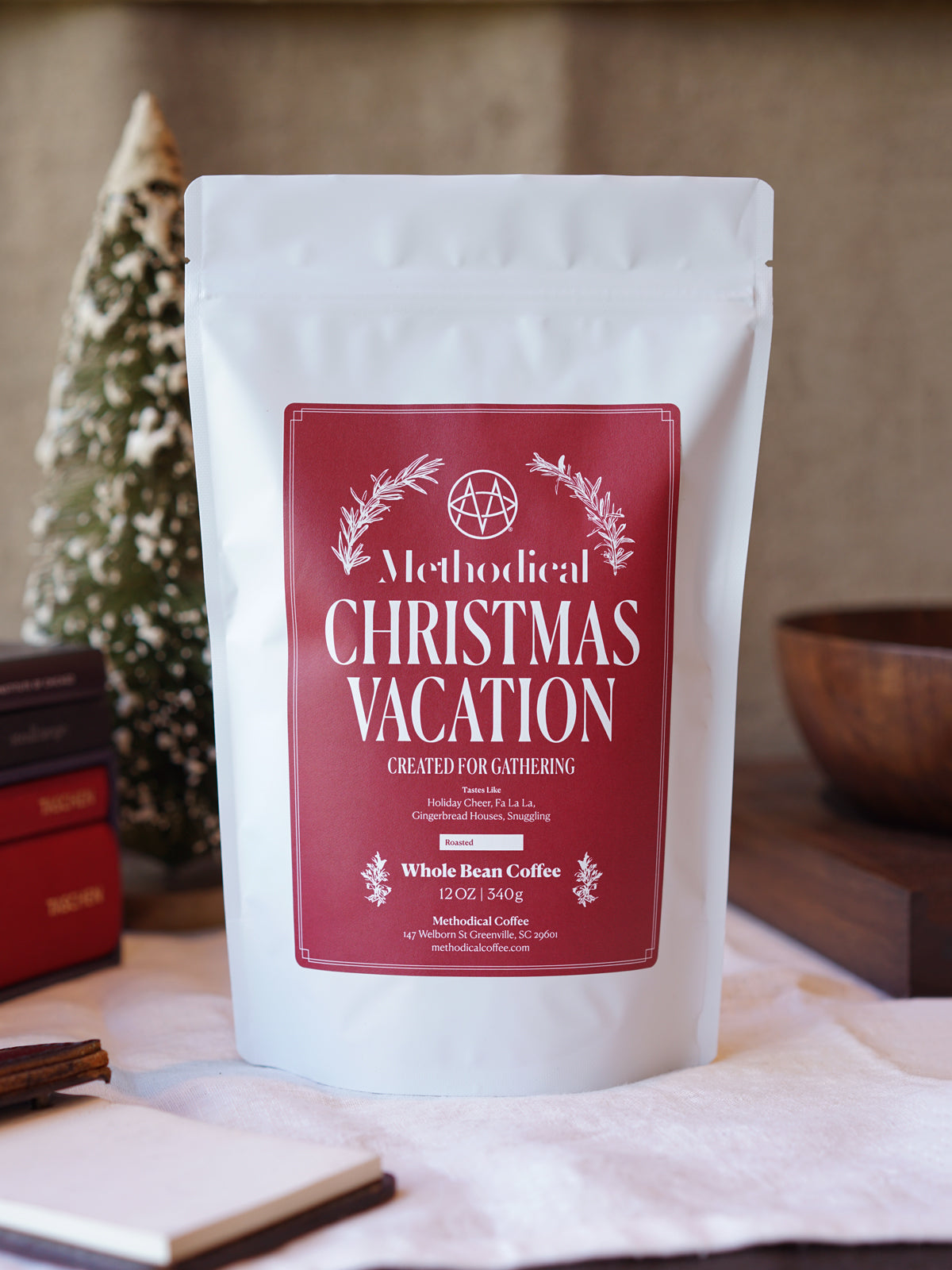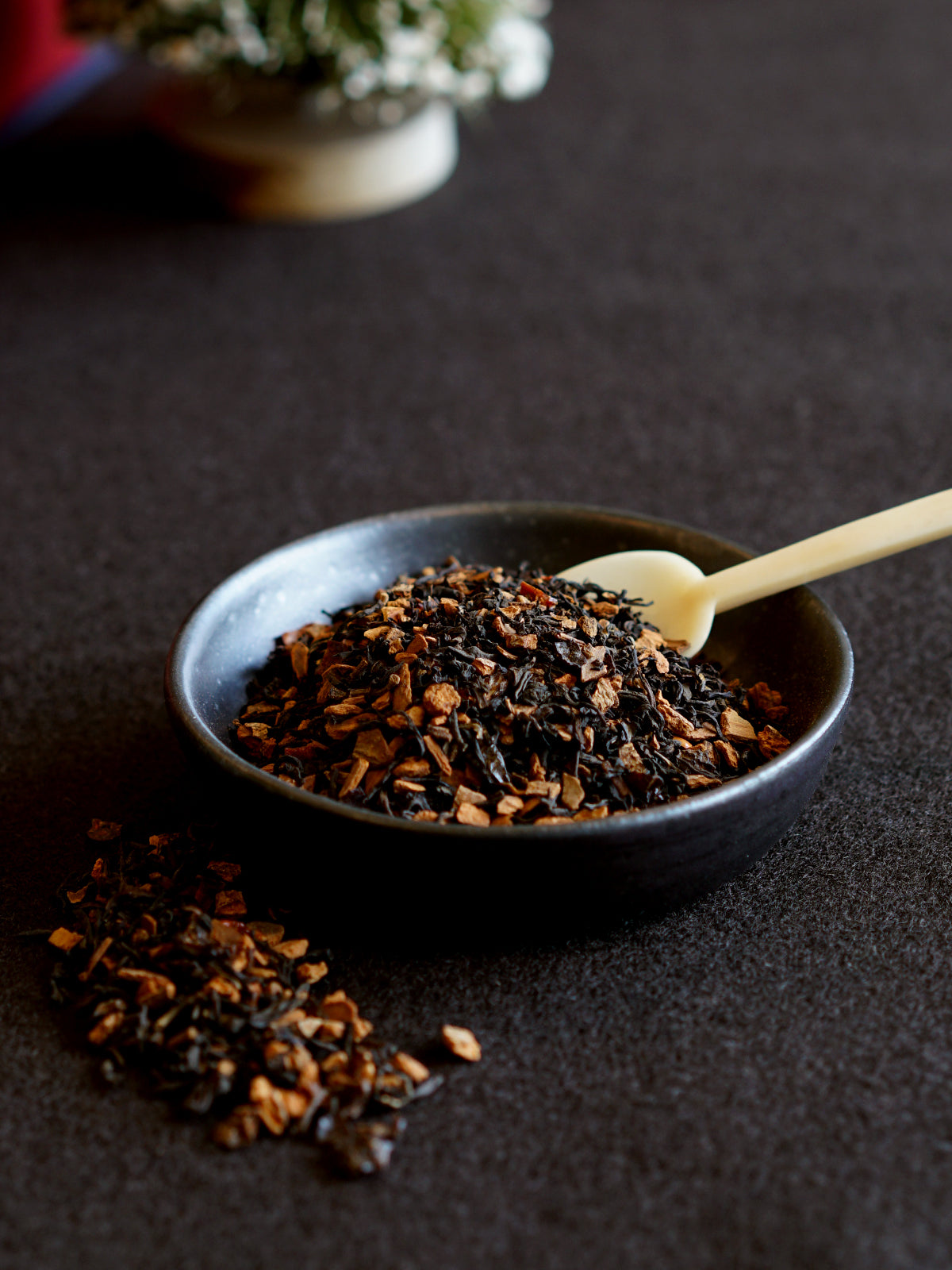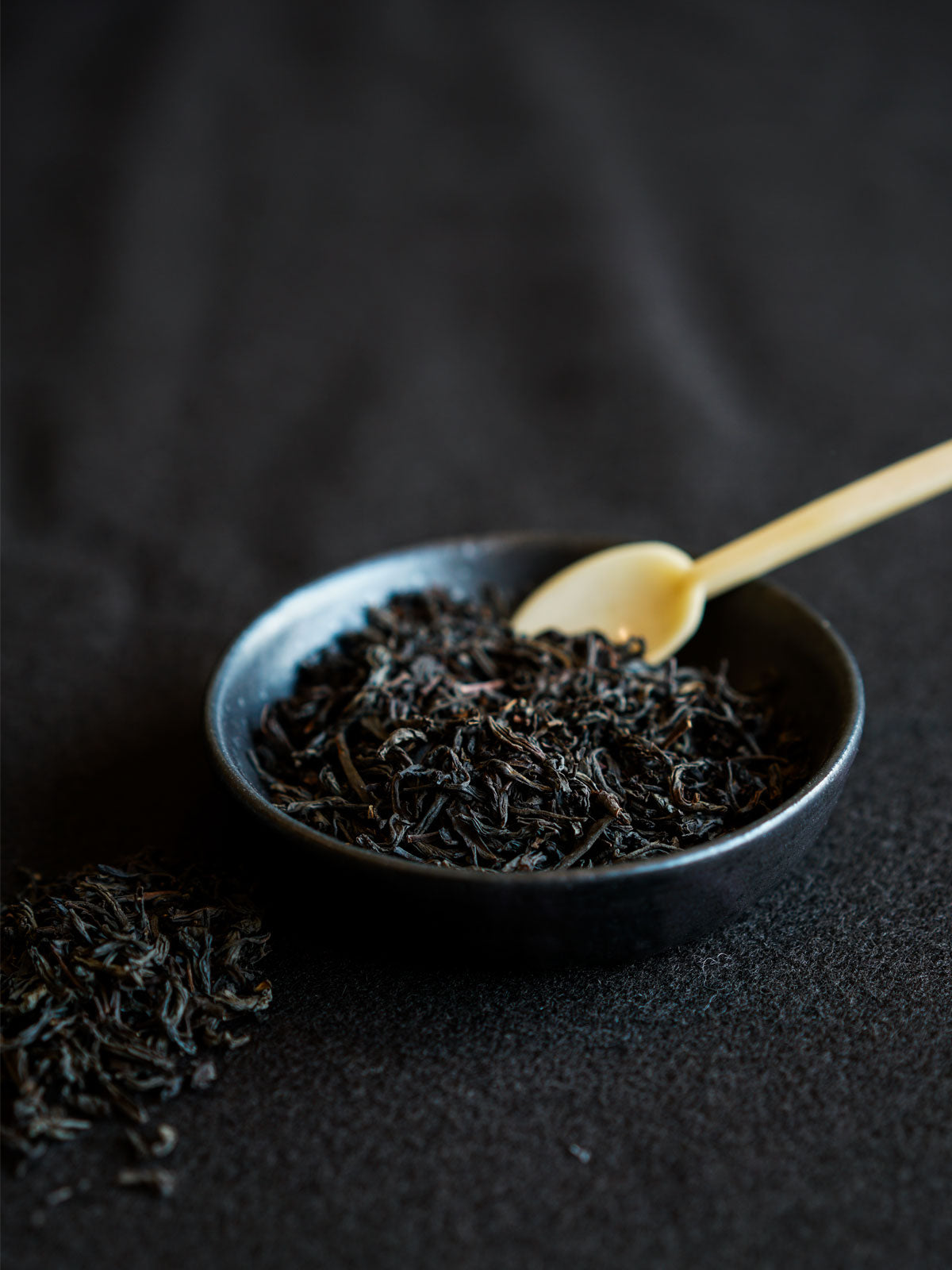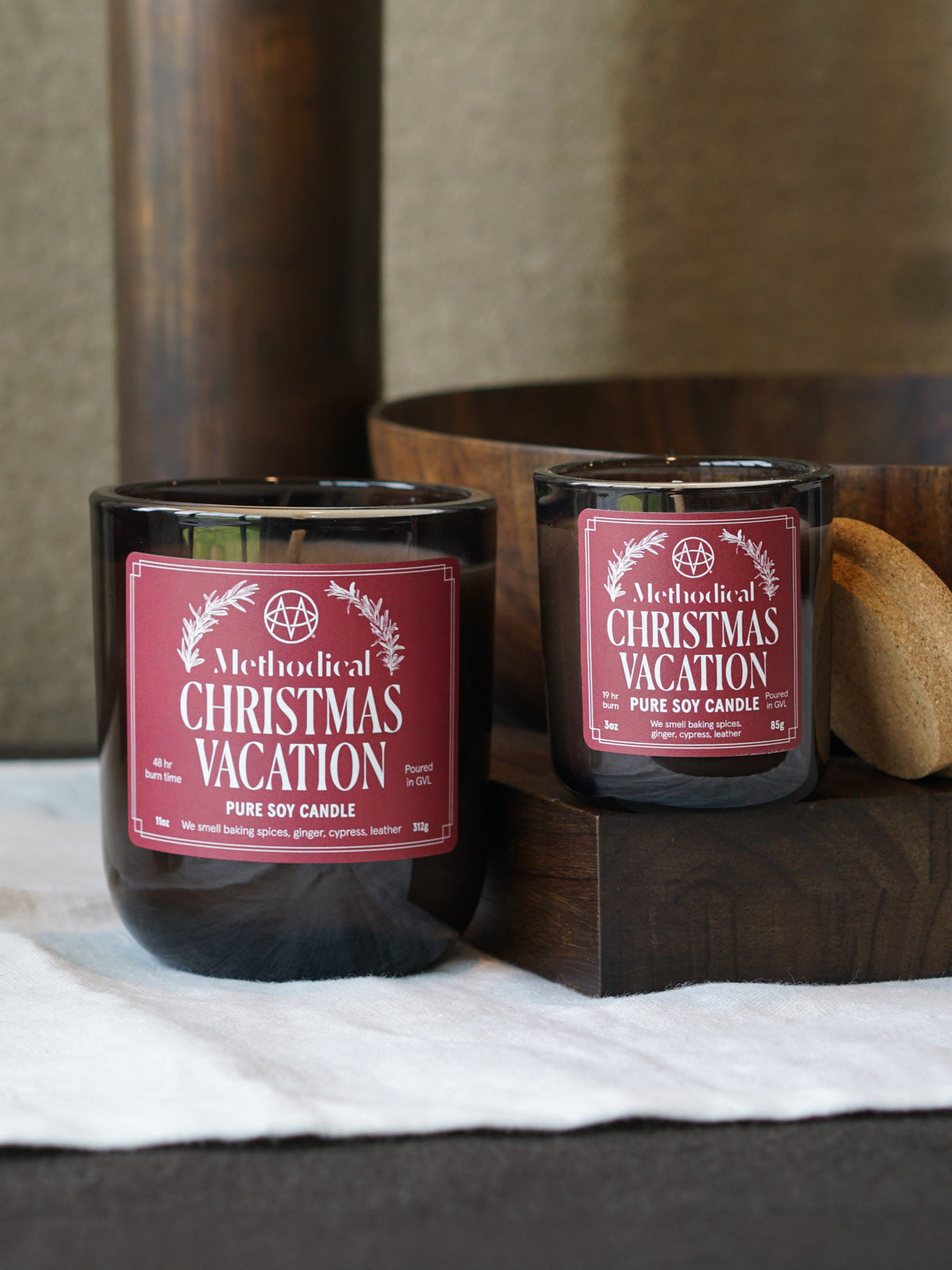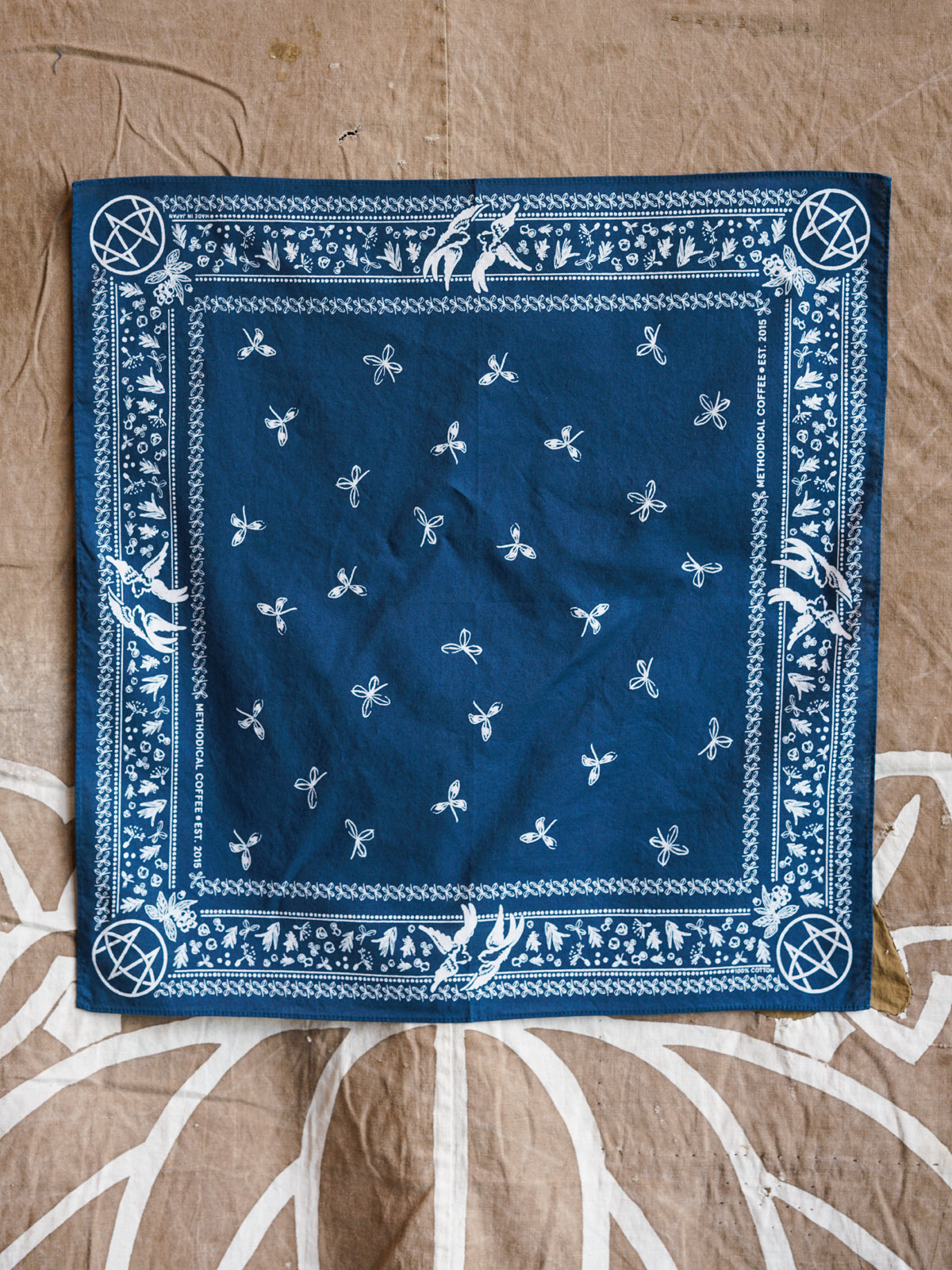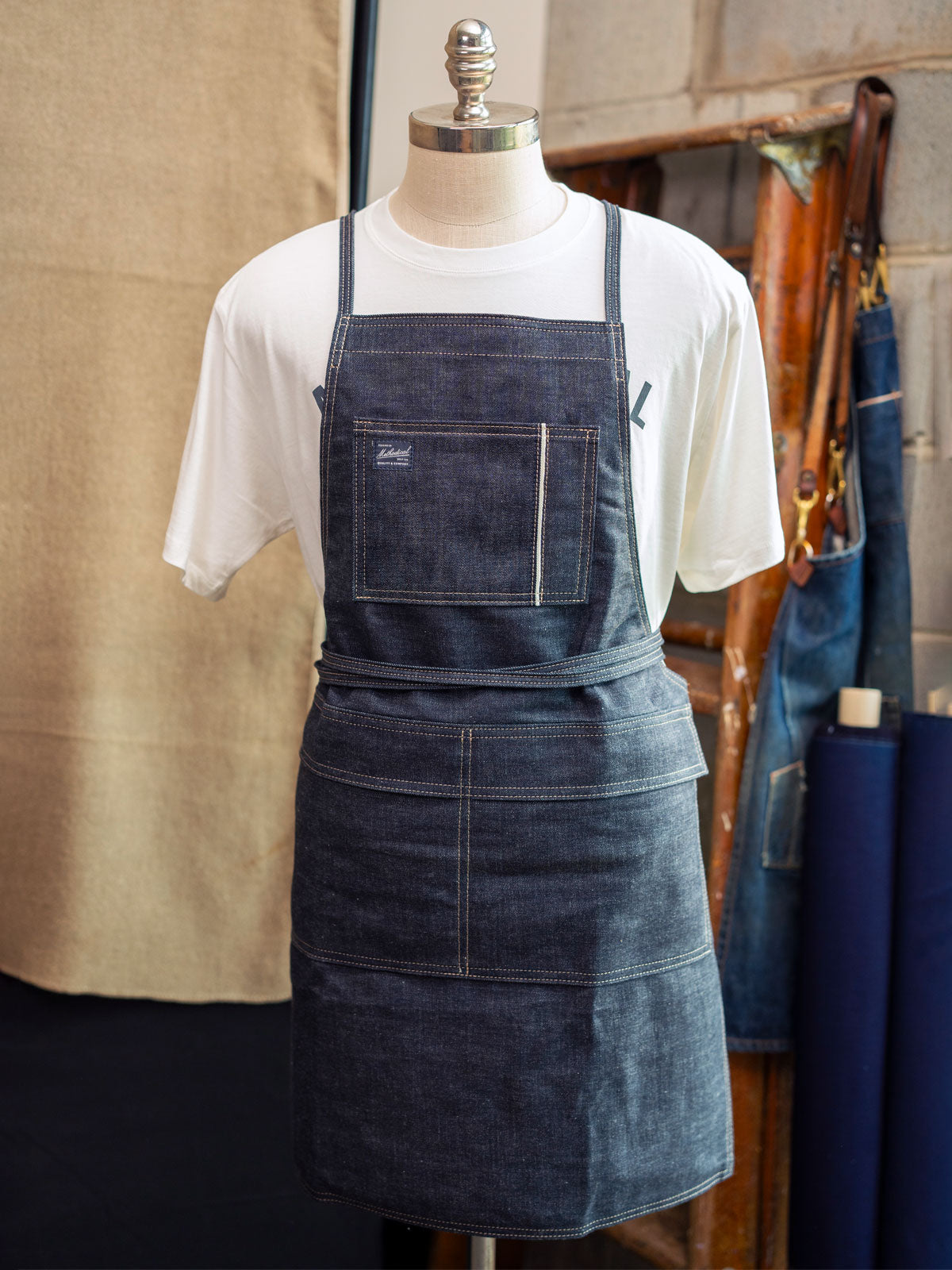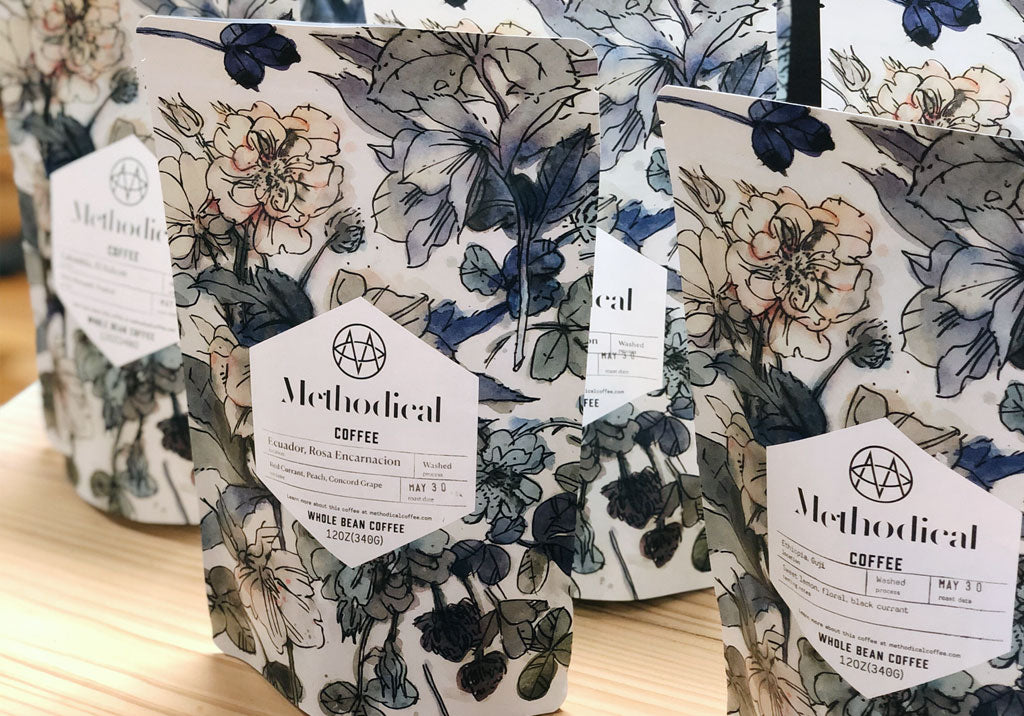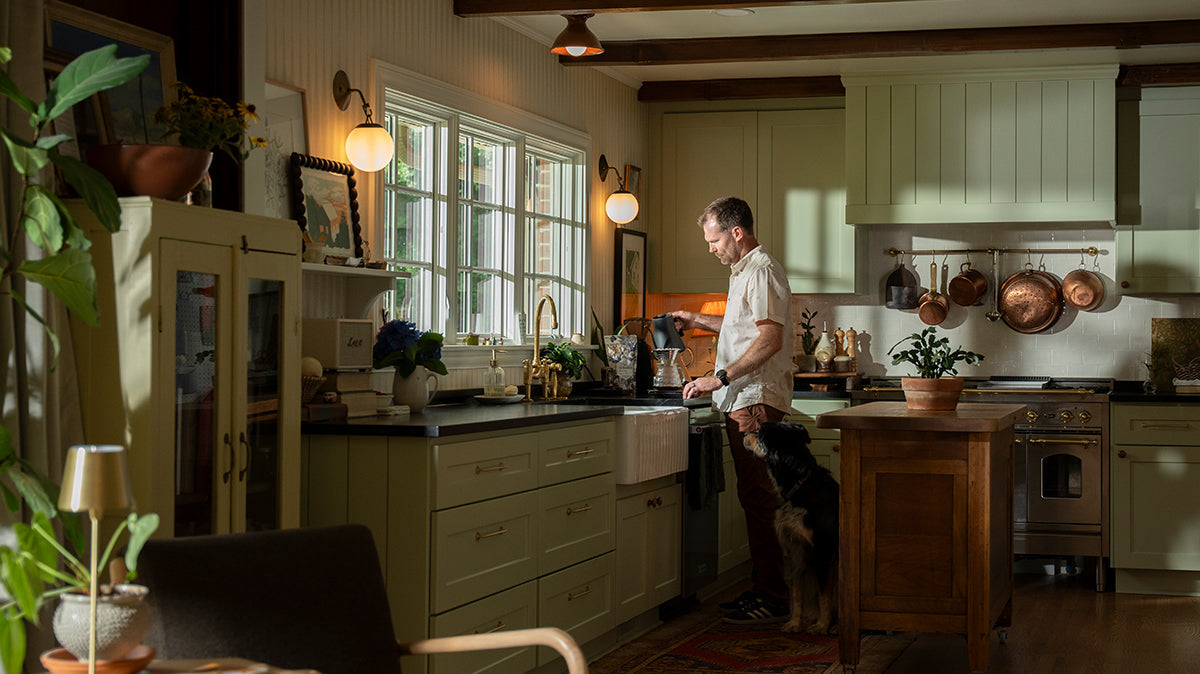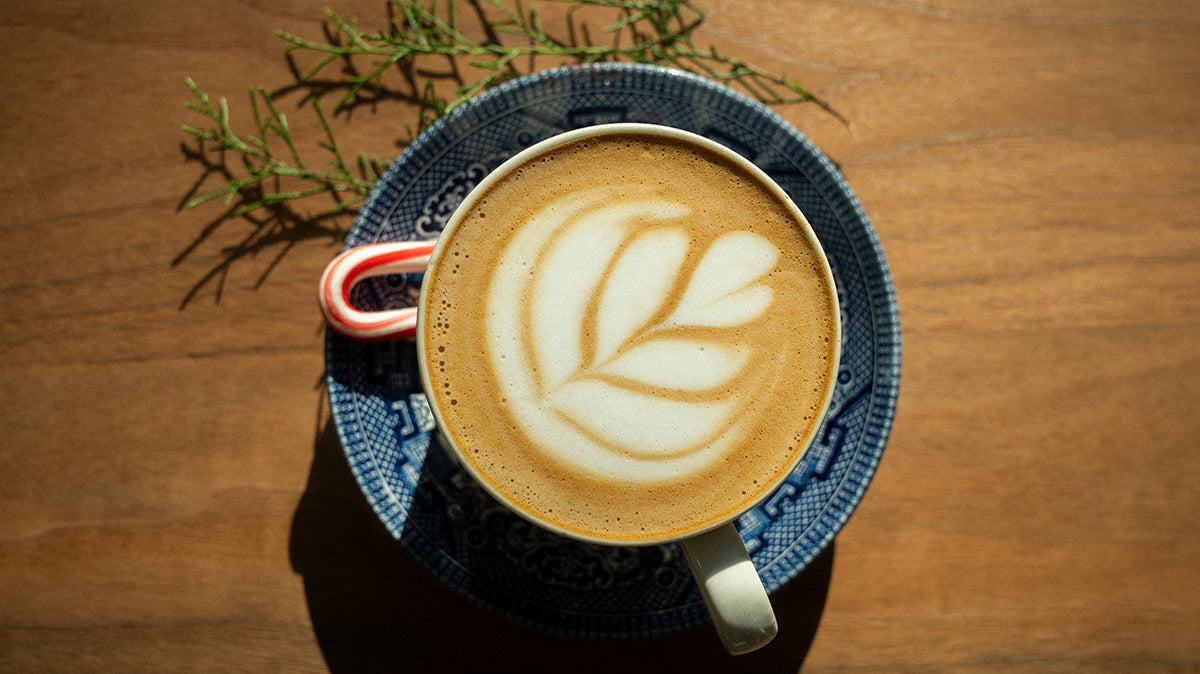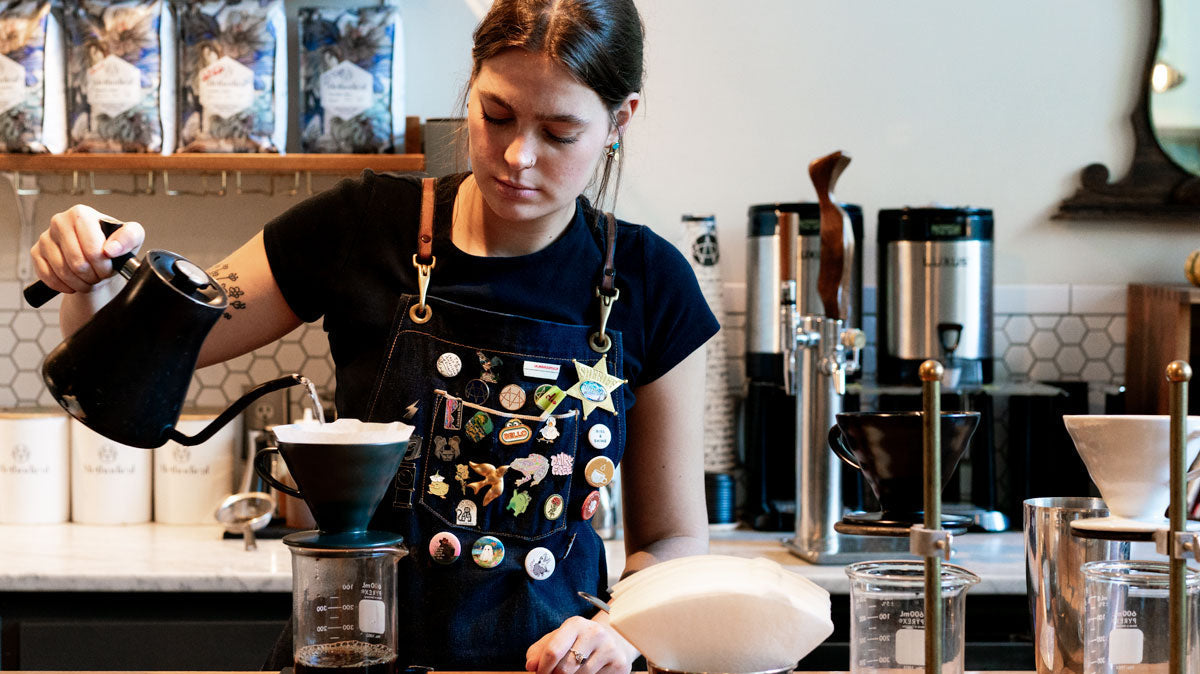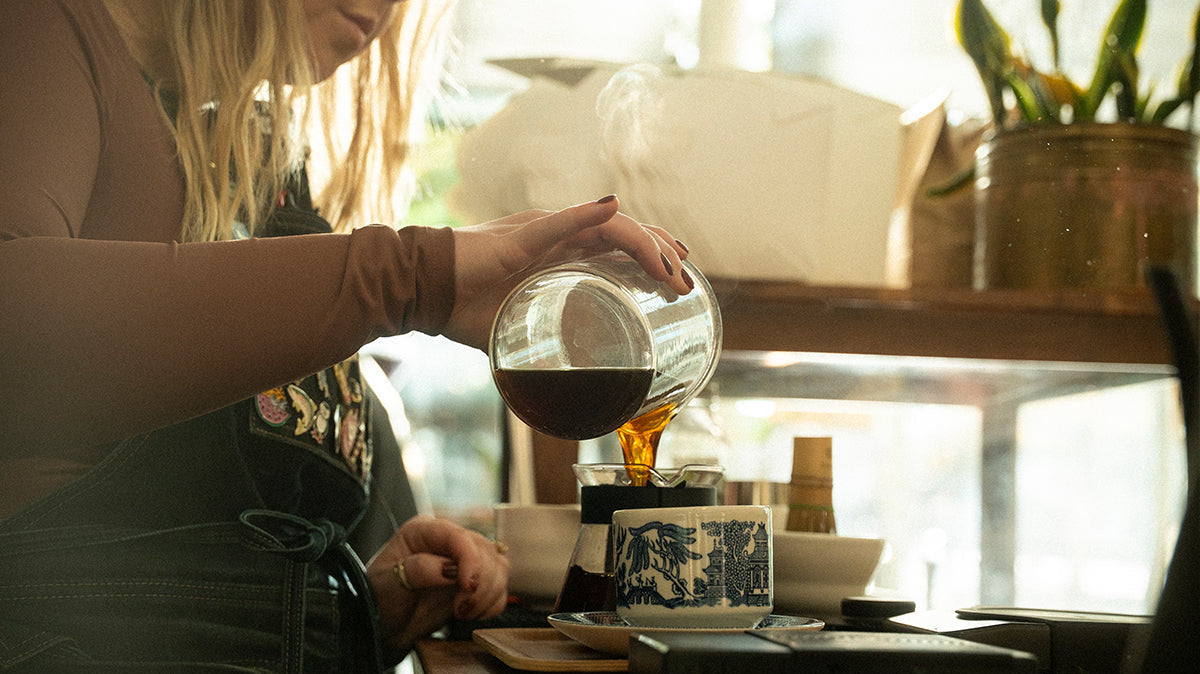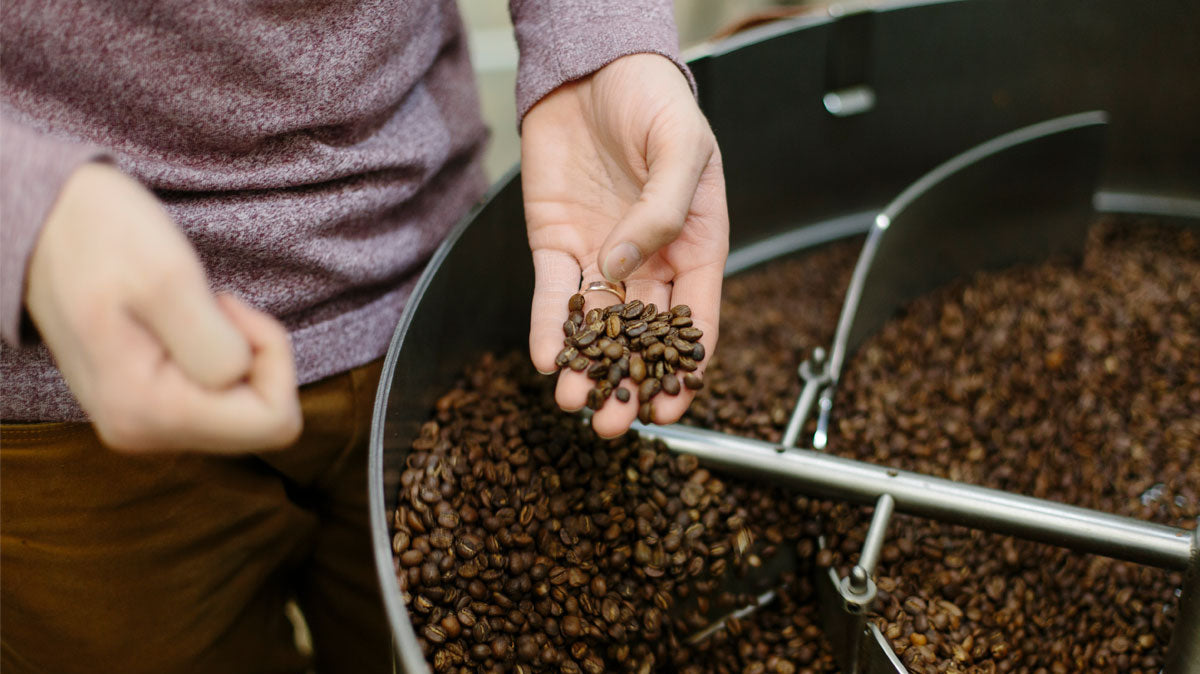Approaching a pristinely merchandised shelf of bagged whole bean coffee can be daunting. Assuming you’re staring at it for the purpose of buying coffee, chances are you didn’t bargain for the extra time spent navigating the labels on the bags and translating the contents. What’s more, it seems there are as many ways to display information on a coffee bag as there are coffee roasters. The whole process can feel overwhelming and sometimes you just walk away with whatever bag looked the prettiest to you in the moment (and let’s be honest–who hasn’t?!).
If you’ve ever found yourself hovering in front of a display shelf of coffee with your phone out, googling “masl” and “pulped natural”, I get it, and I’m here to help. Let’s dive into the wild world of reading coffee bags. If in the end you still find yourself buying “the pretty bag”, I won’t judge. ;)

Origin
You’ll know soon after picking up a bag of coffee whether it’s a blend or a single origin. Blends often have specialized names, like our Blue Boy or Belly Warmer blends. If it’s not a blend, most bags of coffee will have one origin name on the label. This is, quite simply, where the coffee was grown and/or processed. This part of coffee labeling can vary, and often depends on how each coffee roaster has decided to denote origin, since origin has levels.
Think about it–you could say a coffee is from Colombia, sure, but where in Colombia? A roaster can go as broad as to say that a Colombian coffee is from the department of Antioquia. They could get a little more specific and say it’s from Medellin, a city in Antioquia. Or, they could get as personal as naming their coffee after the farm or the farmer themselves. This often depends on how much information has been provided by the importer, and sometimes depends on a roaster’s predetermined standards of naming.
Clear as mud, right? Essentially, the coffee you’re buying is most often named after its origin, and that origin can range in specificity.

Process
Coffee processing is a discipline unto itself. For now, we’ll give you a crash course in the processes you’re most likely to see on coffee labels and what they (generally) mean.
-
Washed
When a coffee is “washed”, the outer fruit has been removed prior to drying. The cherries are meticulously sorted, run through a depulper to remove all skin and fruit, and the seeds are placed in tanks where they are “washed” with water until all the mucilage (that’s a sticky substance between the fruit and the seed) is removed. After they are washed, the seeds are dried on patios, raised beds, or in machines. Washed coffees closely reflect their growing conditions and are known for clarity of flavor. -
Natural
Natural coffees can go by a couple different names. Dry processed, natural sundried, and unwashed all refer, roughly, to the same processing method during which the fruit remains intact with the seed throughout the entire drying process. The coffee is sorted to check for ripeness, and then dried on patios or raised beds while being constantly monitored and turned to prevent spoiling. The coffee cherries are then milled to separate, or “hull”, the now-dried fruit from the seeds. Natural coffees are known for their fruit-forward complexity, as the intact fruit lends its flavor to the seed during drying. -
Honey Process
Honey process, as you might imagine, falls smack in the middle of washed and natural. Honey processed coffees have the fruit and outer skin removed before drying, but are dried with the mucilage intact. Remember the sticky substance from earlier? It’s actually full of fruit sugars that adhere to the seed and can impart interesting flavors to the resulting coffee. Honey processed coffees can be dried for varying lengths of time. If you see the term white honey, for example, that coffee has been dried for a shorter time period, while black honeys have been dried for a long period.
Elevation
Some coffee bags include this marker of identity, some don’t. If you happen to see a 4 digit number followed by “masl”, that’s the roasters way of communicating the elevation–or meters above sea level–at which the coffee was grown. As with most variables in the life of a coffee bean, elevation has a direct impact on the resulting crop. Very generally speaking, coffees at high elevations (~1,200 meters and above) are denser, have more sugar content, and are of higher quality.

Tasting Notes
What even is a tasting note. Who gets to say whether a coffee tastes like “stone fruit, cocoa, and hazelnut” or “tropical, boozey, and summertime.” Sensory analysis is both an actual science with controls and methods of measurement and a subjective feely-fest. And honestly, I’m here for both of those things. Taste will always vary from palate to palate, but it’s absolutely true and proven that different coffees from different places taste… different. Tasting notes aren’t gospel. They also aren’t indicative of any added or artificial flavoring. Tasting notes are a roasters way of telling you what they experienced in the cup during their quality processing, and what they hope you’ll experience as well.

Roast Date
Roasted coffee absolutely has a shelf life. I know your mom says that the Fresh Market Italian Roast that she put in her freezer last Thanksgiving is still good, but I’m here to draw a line in the sand: it isn’t. This isn’t snobbery. It’s just me trying to help you (and your mom) have a more pleasant coffee drinking experience. This is another area of much debate, but generally speaking (have you noticed that I’ve used that phrase a lot?) a coffee will taste it’s *best* within two weeks of the roast date. After that, it begins to lose some life. That isn’t to say it’s not “good”, I would just recommend storing it in an airtight container and trying to go through it by ~5 weeks from the roast date.
You’ve done it. You stuck with me through this whole thing. I wish I could give you a prize. Hopefully the confidence to purchase coffee based on the label will be prize enough. And hey, if that bag with the beautiful design is still calling your name, get it. Sometimes the best way to know whether you like a coffee is to just give it a try. If you do like it, read the bag. You’ll know what to look for next time.
Written by Angie Thompson
You might also like:
